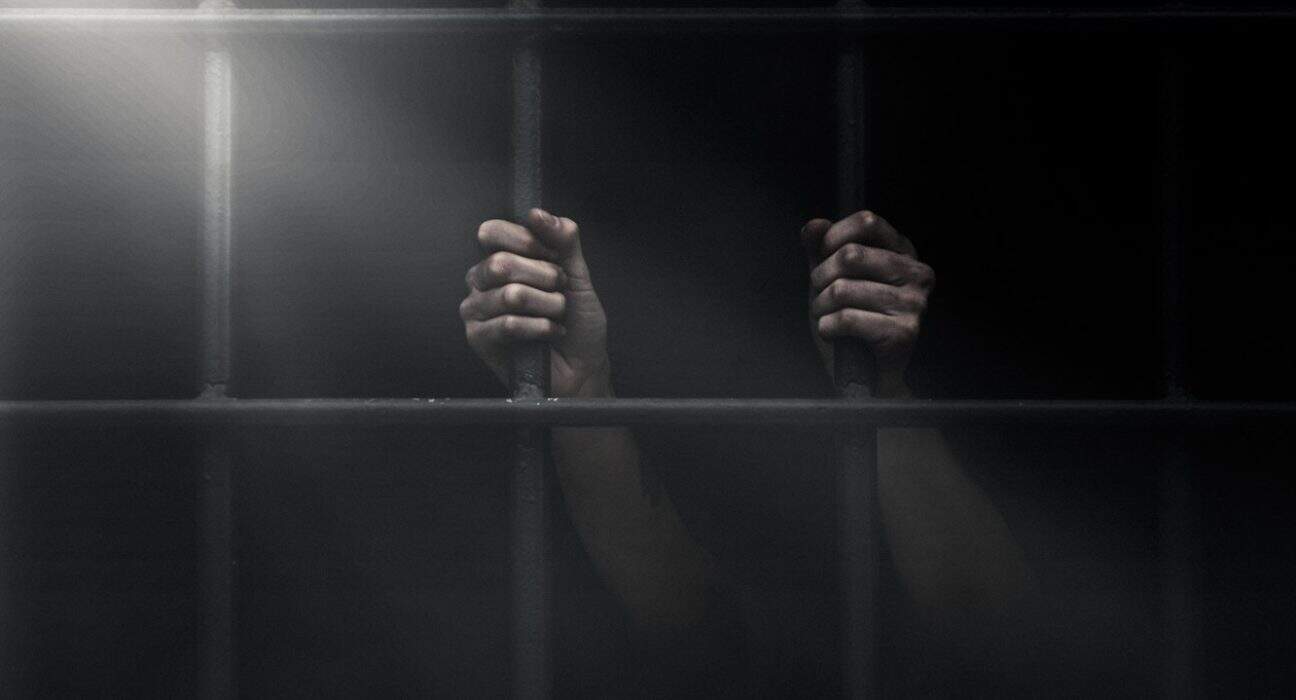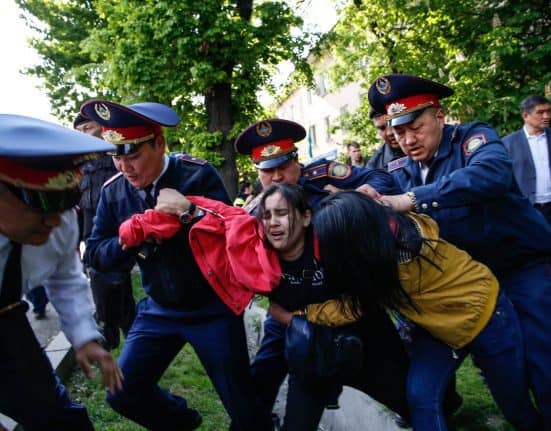In 2020, the Index of prohibition of torture in Kyrgyzstan increased by 13.6 points compared to 2019. The improvement of the indicator, as the authors explain, may be associated with the revision of the Index and clarification of the wording of some parameters and the introduction of new ones.
Among the eight OSCE countries, where the study was conducted, Kyrgyzstan took the third place with the indicator of 23.08 points. A year earlier, the Index of the republic was estimated at 9.45 points.
“In 2020, the anti-torture working group of the platform “Civic solidarity” developed the Index and conducted the first pilot measurement in 8 countries of the OSCE region. The index was calculated for each country and contained assessments of the state mechanism for responding to torture, judicial control, the existence of norms in national legislation prohibiting torture, the level of ensuring procedural guarantees working for the prevention of torture, the mechanisms and means of torture prevention working in the country, the degree of acceptance by the state of international obligations in the area of prohibition of torture,” the authors of the study report.
The authors of the Index note a significant indicator’s increase in some countries.
“This happened due to the revision of the Index, clarification of the wording of some parameters and the introduction of new ones. In particular, experts from Belarus note that the updated formulations of the Index indicators are more flexible and allow taking into account both the pros and cons of the law and law enforcement, not ignoring some significant provisions of the law, but criticizing obvious omissions,” the authors explain.
Significant growth of the Index also took place in Kazakhstan. First of all, due to the change in the situation with the openness of data on the number of complaints of torture. Last year, experts noted the absence of such data. This year, they indicated that the data can be provided upon request to state bodies. Secondly, because of the change in the situation in the country. Experts from Ukraine note that law enforcement agencies have begun to pay more attention to the issues of video recording and the organization of storage and access to archivers, as well as more often to comply with procedural guarantees during arrest – they give calls to relatives, inform Free Legal Aid Centers; when they place in temporary detention facilities, they ask detainees about health complaints and, in case of such, call an ambulance. This was facilitated by the activities of the National Preventive Mechanism and the newly created Special Department for Combating Torture within the Office of the Attorney General.
At the same time, the only country, in which the Index dropped by almost 30 points compared to last year, is Russia. The change took place due to the clarification of the parameters in the sections “Judicial control” and “National norms” regarding the criminalization of torture. The introduction of additional indicators in the section on the criminalization of torture regarding the effectiveness of protection and security measures for victims of torture, in the case of Russia, significantly lowered the aggregate indicator for this section. This means that even if there are sanctions for torture in Russian legislation, victims are poorly protected, subjected to pressure, humiliation; criminal cases are brought against them for false denunciation, and the courts, in turn, ignore these situations.
In general, the situation with the Index’s distribution on an ascending scale remained the same as a year ago. Only Moldova left the position of the leader in the Index. If for a number of specified indicators, in particular, the provision of procedural guarantees, the indicator of this country has increased, then in the section concerning the provision of video recording and the availability of publicly available information on the regulation of video surveillance, Moldova dropped to second place, because the country doesn’t have publicly available information on regulating the use of video monitoring.
As in the last year, the main problem faced by human rights defenders is the absence or unclear and irregular presentation of data in the public domain. Despite the attempts made to solve this problem by sending inquiries to government agencies, this didn’t lead to success in some countries.







Leave feedback about this